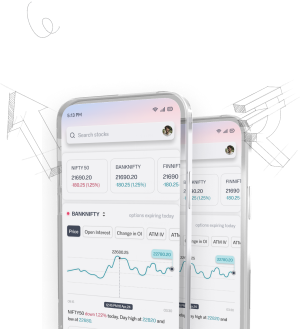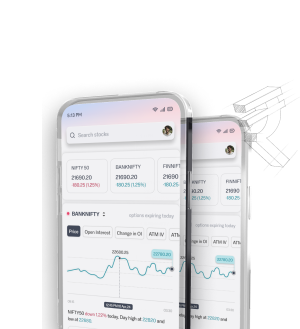Would You Jump into a Trade Blindfolded?
That happens when you don’t backtest your trades.
Backtesting is like having a stage rehearsal for your trading strategy — without risking the real performance. By applying your current trading strategy to historical market data, you can see how it would have performed.
Why is Backtesting Important?
✅ Helps You Trade with Confidence
Let’s say you want to trade a moving average crossover strategy — buying when the 50-day SMA crosses above the 200-day SMA.
- You can backtest this strategy on the past 5 years of Nifty50 data to check if it delivered consistent returns.
✅ Trade Different Markets Differently
Bull, bear, and sideways markets are vastly different, and trading strategies are not a one-size-fits-all solution.
- Example: A bull call strategy might work well in bullish scenarios but will likely fail in bearish and sideways conditions.
By backtesting this strategy across different market conditions — say, the 2008 crash versus the 2020 bull run — you’ll learn when and where it works best.
✅ Improving Risk Management
Say you’ve decided to trade options using the Iron Condor Strategy:
- While it’s designed for sideways markets, backtesting it across high-volatility scenarios, like earnings season, can help estimate potential losses during unfavorable conditions and adjust your trades accordingly.
✅ Save Time and Money
Why waste time and money testing a strategy live when you can simulate it beforehand?
- Example: Backtesting a MACD breakout strategy might reveal it only works for certain stocks, saving you from random trades.
Is Backtesting the Key to Becoming a Top Trader?
Not entirely.
Backtesting is only as good as the data and assumptions you use. While it won’t predict the future, it will prepare you better for it.
Do you backtest your strategies? Share your insights below — let’s trade smarter together!
Disclaimer
The content provided is for educational purposes only and does not constitute financial advice. For full details, refer to the disclaimer document.




